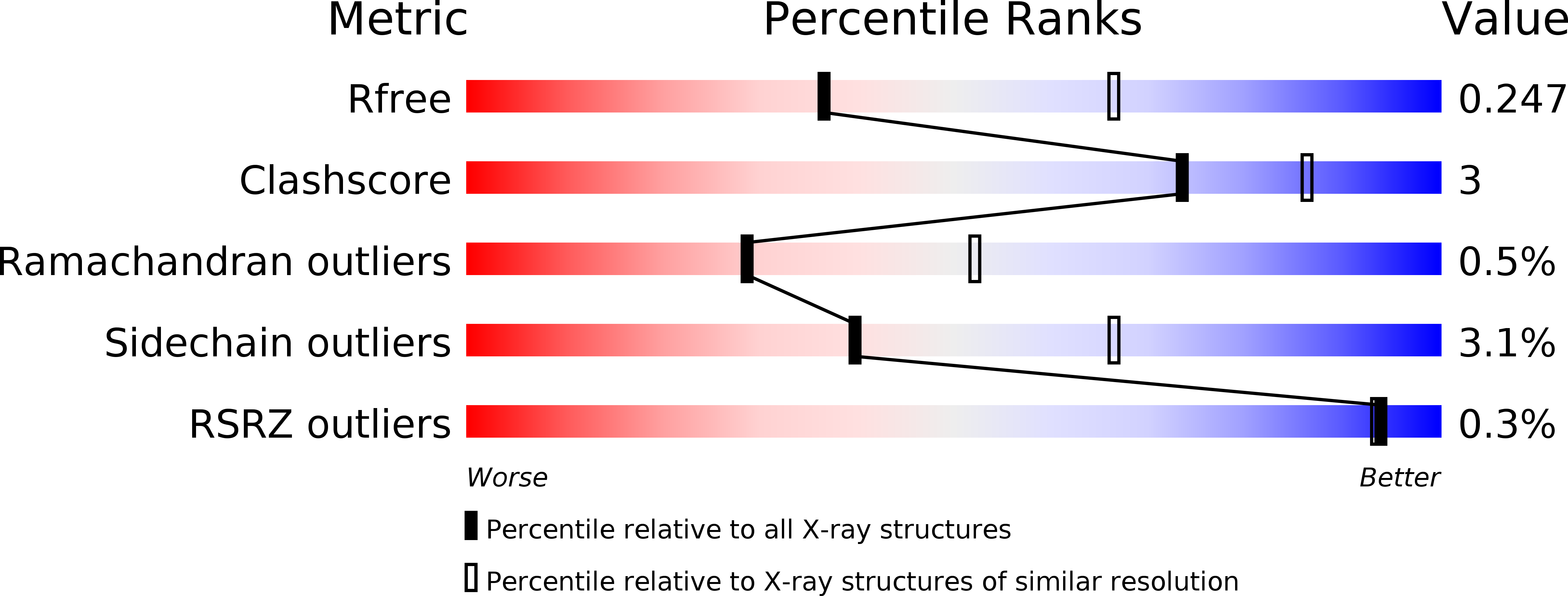
Deposition Date
2015-10-19
Release Date
2016-06-29
Last Version Date
2023-11-15
Entry Detail
Biological Source:
Source Organism:
Aerococcus viridans (Taxon ID: 1377)
Host Organism:
Method Details:
Experimental Method:
Resolution:
2.60 Å
R-Value Free:
0.24
R-Value Work:
0.18
R-Value Observed:
0.18
Space Group:
P 1 21 1


